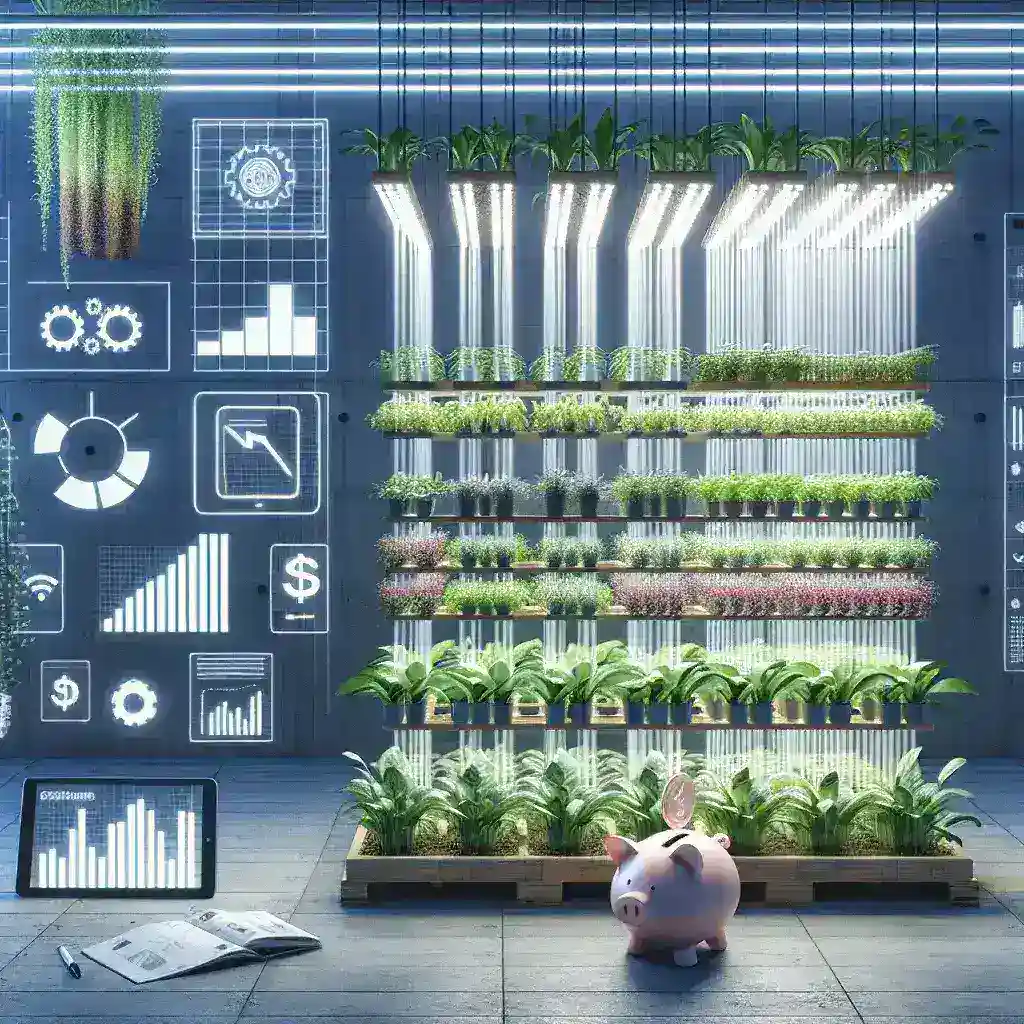Introduction
The vertical farming industry has garnered significant attention in recent years, promising sustainable food production in urban areas amidst growing concerns about food security and environmental impact. However, a recent bankruptcy filing by a leading vertical farming corporation has cast a shadow over the sector, raising questions about the viability of such innovative agricultural practices despite substantial technological investments.
Understanding Vertical Farming
Vertical farming refers to the practice of growing crops in vertically stacked layers, often integrated into controlled-environment agriculture (CEA) systems. This innovative approach allows for higher yields in smaller spaces, using advanced technologies such as hydroponics, aeroponics, and artificial lighting. As urbanization accelerates, vertical farming emerges as a potential solution to meet the food demands of an ever-growing population.
The Rise of Vertical Farming
Over the past decade, vertical farming has attracted significant investments, with companies leveraging cutting-edge technology to optimize plant growth. The promise of fresh, pesticide-free produce delivered directly to urban consumers has captivated investors, leading to exponential growth in the sector. However, the recent bankruptcy of a key player has highlighted the challenges faced by vertical farming businesses.
Bankruptcy Filing: A Case Study
The corporation, once heralded as a pioneer in vertical farming, filed for bankruptcy protection last month, citing overwhelming debt and operational losses as primary reasons for its collapse. Despite securing substantial funding for technological advancements and expanding their facilities, the company struggled to achieve profitability.
Factors Contributing to the Bankruptcy
- High Operational Costs: The initial investment for setting up vertical farms is substantial, with costs associated with infrastructure, technology, and ongoing maintenance. Many companies have found it challenging to keep operational costs in check while striving for scale.
- Market Competition: As interest in vertical farming grew, so did competition. New entrants flooded the market, leading to price wars and a saturated landscape that made it difficult for existing companies to maintain their market share.
- Consumer Demand Variability: While there is a rising demand for fresh produce, consumer preferences can be unpredictable. The bankruptcy highlights the challenge of aligning production with fluctuating market demands.
- Supply Chain Disruptions: Recent global events have demonstrated the fragility of supply chains. Issues such as shipping delays and increased costs for materials have further strained the finances of vertical farming operations.
The Role of Technology in Vertical Farming
One of the most alluring aspects of vertical farming is its reliance on technology. Automated systems, data analytics, and AI-driven monitoring are designed to optimize plant growth and resource usage. However, heavy reliance on technology can be a double-edged sword.
Pros of Technological Investments
- Increased Efficiency: Technology enables farmers to maximize yields per square foot, optimizing water and nutrient use.
- Year-Round Production: Controlled environments allow for consistent crop production regardless of external weather conditions.
- Reduced Resource Use: Innovations can significantly reduce water and fertilizer consumption compared to traditional farming methods.
Cons of Technological Investments
- High Initial Costs: Advanced technologies require significant upfront investment, which can be a barrier for startups.
- Technical Failures: Dependence on technology means that technical failures can severely impact production and profitability.
- Skill Gap: The need for specialized knowledge to operate and maintain sophisticated systems may limit the available workforce.
Future Predictions for Vertical Farming
Despite the setback of the recent bankruptcy, the future of vertical farming remains promising. Experts predict several trends that may shape the industry’s evolution:
- Consolidation of Players: The market may see the merging of smaller players with larger corporations, seeking economies of scale and shared resources.
- Focus on Sustainability: As consumers become more environmentally conscious, there will be a stronger emphasis on sustainable practices within vertical farming.
- Technological Innovation: Ongoing advancements in biotechnology and automation will likely enhance efficiency and reduce costs over time.
Conclusion
The bankruptcy of a major vertical farming corporation serves as a cautionary tale in an industry ripe with potential yet fraught with challenges. While technology holds the promise of revolutionizing food production, the road to profitability remains complex and unpredictable. As the industry evolves, stakeholders must navigate these challenges to realize the full potential of vertical farming for sustainable agriculture.

